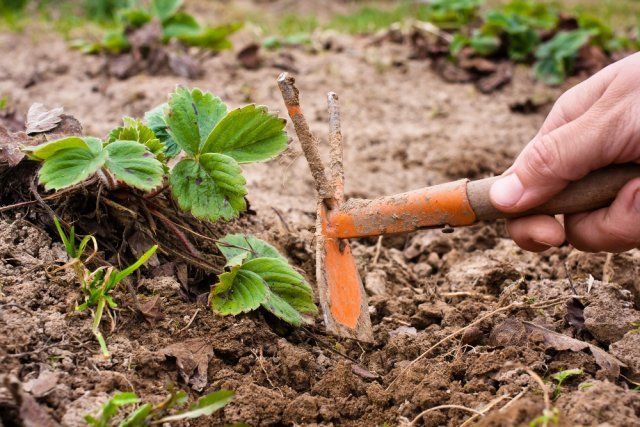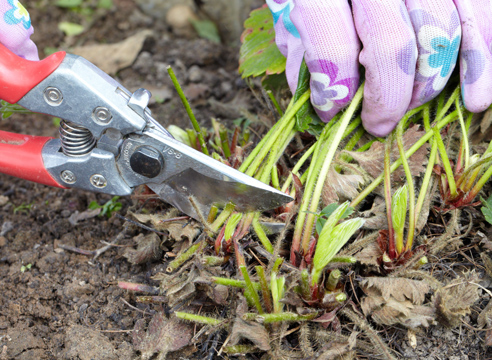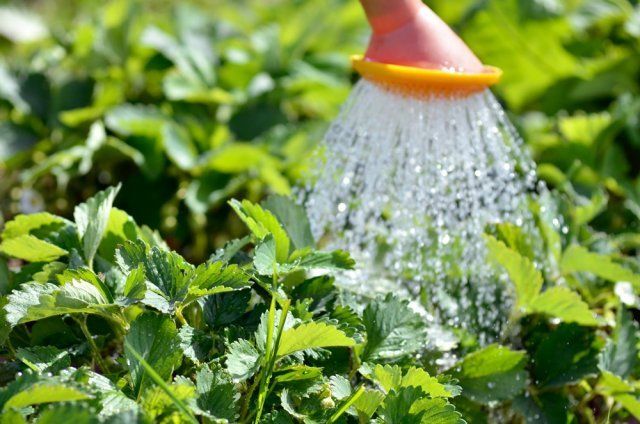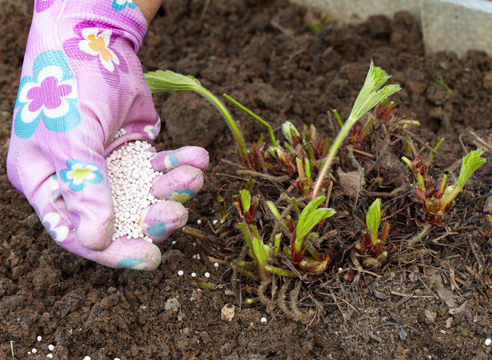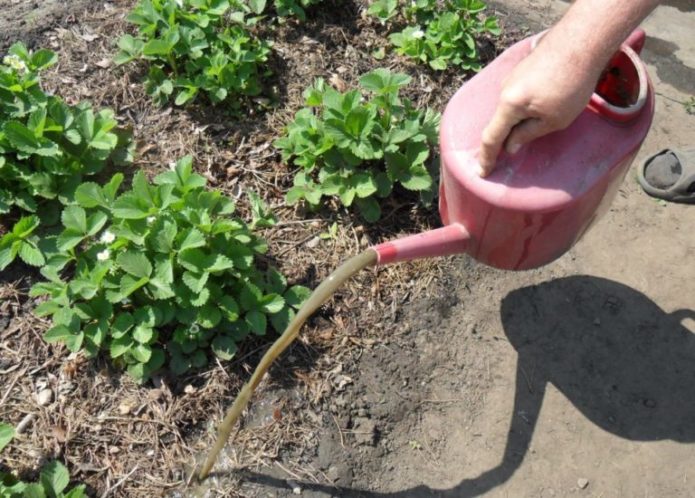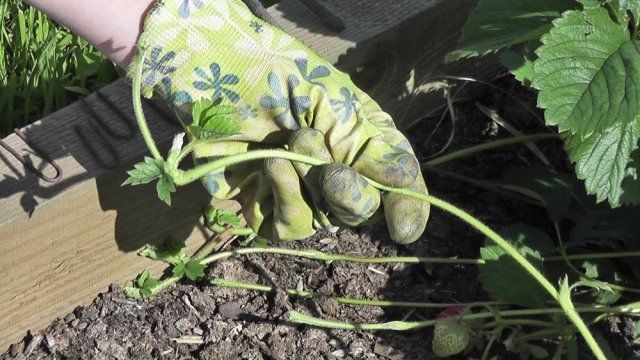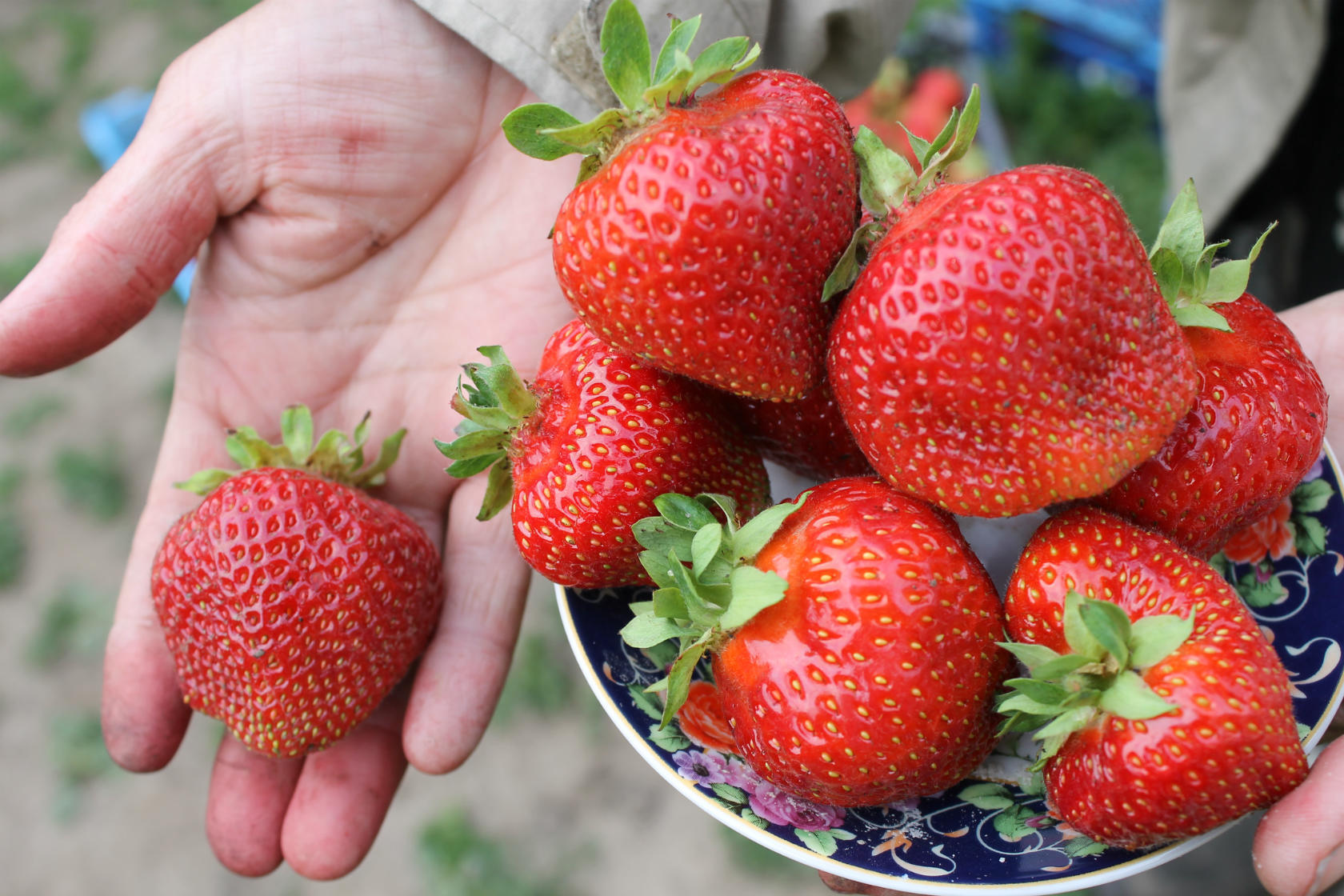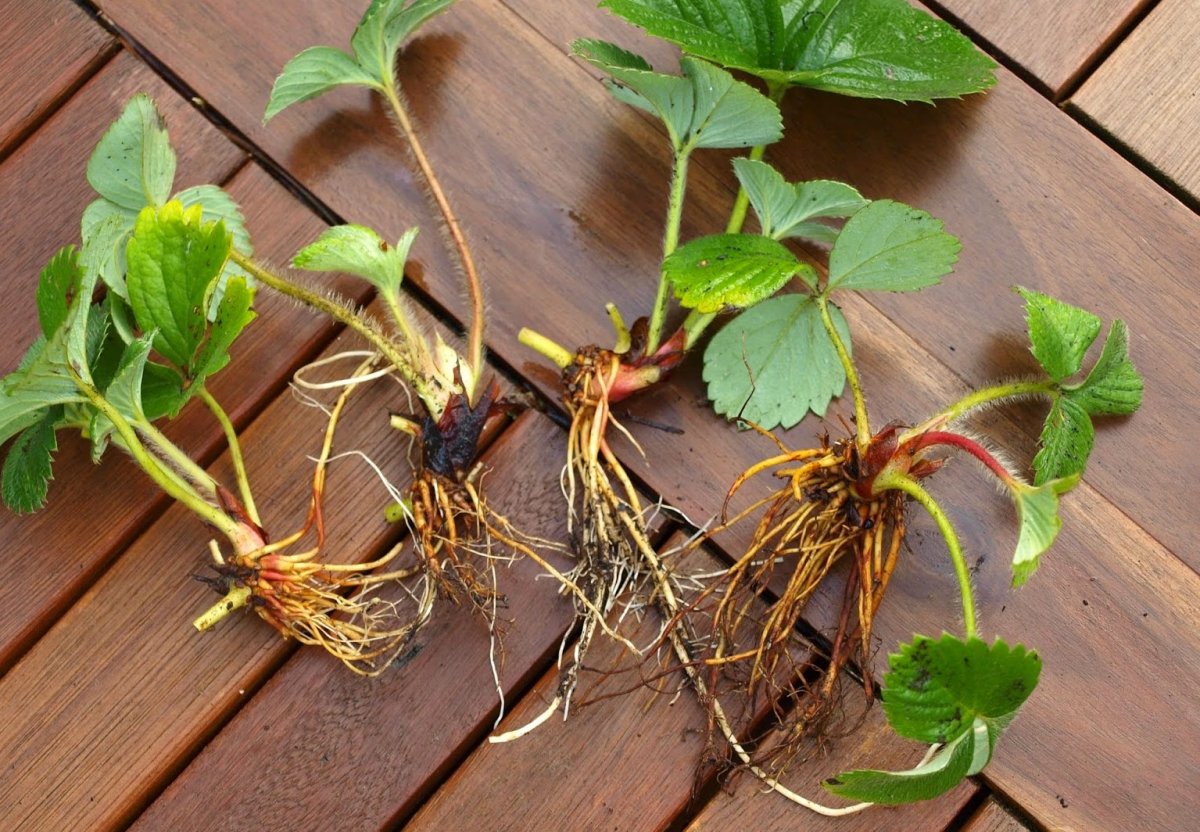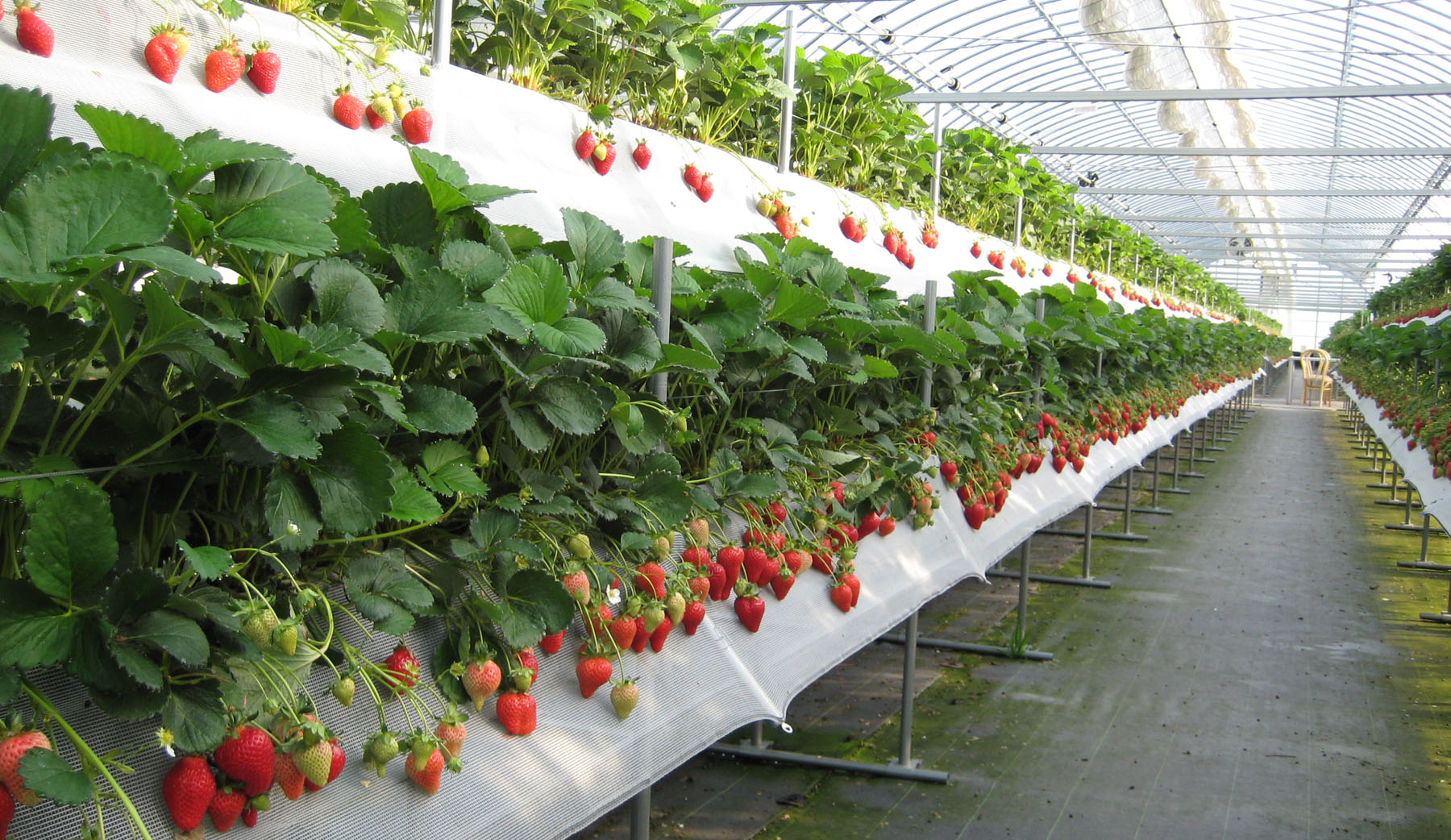August is usually the last harvest of summer berries. Many gardeners believe that post-harvest strawberry care is no longer necessary. In reality, however, we must continue to look after her no less responsibly. This includes watering, loosening, feeding, pruning and replanting. These points are important for future fruiting.
What happens if you do not care for strawberries after harvest
Strawberries, or garden strawberries, finish bearing fruit early (July - August) and there are still many warm days. If you leave the berry unattended, it will quickly overgrow with weeds and the soil in the aisles will be compacted. And this will prevent the culture from fully recovering. After harvesting, the strawberry begins to re-grow foliage. Along with this, new horns grow and flower ovaries are laid. Thus, the culture is stocked with nutrients in order to use them for the formation of berries in the future. Old leaves die off and are replaced by many mustaches. And if they are not cut, then they greatly weaken the mother bushes.
Therefore, strawberries, even after fruiting, require attention. The quality of the harvest for the next season depends on this. Otherwise, the berries will be small and few in number, and the bushes will be affected by pests or diseases.
Loosening and weeding
First of all, the mulching layer is removed from the beds, in which pests and pathogenic microorganisms usually settle. They loosen the ground in rows and aisles without going deep so as not to damage the roots. At the same time, the bushes are huddled so that the adventitious roots growing on the horns are underground. A layer of branches or sawdust is poured onto the cleaned surface.
Pruning
Pruning is started 3-4 days after the last harvest. This usually happens at the end of July. First, the mustache and all old leaves are cut off, without affecting the newly grown foliage. All leaves are completely removed only if the bushes are affected by disease or pests... It is not recommended to touch one-year-old plantings. The only thing is that they cut off the blackened and dried leaves.
It is unacceptable to pick off the mustache and leaves by hand. Use extremely sharp garden tools that have been previously disinfected. Detailed pruning instructions.
Video: how to trim strawberries after picking berries
Pest control
After the end of fruiting, a dangerous time comes when strawberries are most susceptible to pest damage. Usually it is a weevil, strawberry or spider mite.
The weevil actively destroys the leaves during this period. Insecticides will help get rid of it. Usually use karbofos. Its consumption is 80 g per 10 liters of water. The resulting solution is carefully wiped off both sides of the leaf plates, watering the soil under the bushes.
If the leaves wrinkle, deform and turn yellow, then, most likely, a strawberry mite has settled in the strawberry. In this situation, they resort to treating the plant with any acaricidal agent:
- Fitoverm;
- Actellik;
- Titovit Jet;
- colloidal sulfur.
A sign of the appearance of a spider mite is the cobweb on the back of the leaves and shoots. The pest feeds on plant sap, which inhibits the growth of the culture and reduces its immunity. With a small degree of damage, you can use the same acaricides as with the strawberry mite. If the bushes are destroyed, then it is better to pull them out and burn them outside the site.
Detailed instructions for processing, types of funds and terms in a separate article.
Top dressing
After the cessation of fruiting, increased watering of the strawberries is not required - they moisten it as needed (if the weather is dry).
When choosing how to feed strawberries after harvest, for the sake of prevention, also spill the plantings with a manganese solution. They also feed the soil with mineral and organic fertilizers. In the first case, superphosphate, potassium sulfate or ammonium nitrate (10–20 g per 1 sq. M) are suitable, in the second - vermicompost or matured compost. Some gardeners cover strawberry bushes with dry manure.
Having introduced fertilizers, they are embedded in the soil, watered abundantly and mulch the root space with peat.
How and when to fertilize strawberries, read the article "Feeding strawberries after pruning in the fall: tips from practitioners."
Transfer
New plants appear on the whiskers of old bushes. They need to be separated and transferred to the soil. It is not recommended to transplant ve bushes at once. New plantings do not begin to bear fruit immediately, so you can lose the harvest for the next year. It is advisable to renew the beds once every 3-4 years. The rosettes marked for reproduction are prepared in advance - they do not cut the mustache, wait for the formation of the first rosettes and dig in along the perimeter to allow the root system to grow.
You can read more about transplanting strawberries in the article "When to transplant strawberries to a new place in the fall: timing and technology".
Video: general recommendations for caring for strawberries
Around the last days of September, the refined strawberry plantations should be covered with a layer of straw, which will serve as protection from the coming cold snap. Cut grass is placed in the aisles - it will serve as the first fertilizer in the spring.
